February 6, 2023: Curtis Hendrick, VP of Cloud Services at Optimum joins Bill for the news. Cloud, human-centered design and getting back to basics are hot topics in digital health this year. CIOs are studying and implementing these technologies to improve patient and provider experiences. At least four research papers credit the AI tool ChatGPT as a co-author. Many scientists disapprove and publishers are scrambling to regulate its use. Microsoft invests billions more dollars in OpenAI. And doctors, get ready for your AI assistants. Hospitals have begun using machine learning and the medical applications are endless.
Key Points:
News articles:
Healthcare needs innovative ways to address staffing shortages from clinical to IT employees. Are you curious about how technology can help support your Healthcare staff? Join us on our March 9 webinar, “Leaders Series: The Changing Nature of Work,” to explore how Health IT can be used to supplement Healthcare professionals.
Alex’s Lemonade Stand: Foundation for Childhood Cancer Donate

Questions about the Podcast?
Contact us with any questions, requests, or comments about the show. We love hearing your feedback.

© Copyright 2024 Health Lyrics All rights reserved